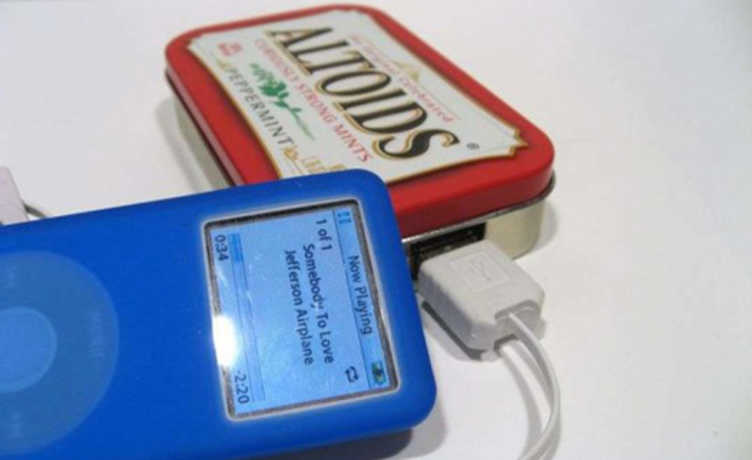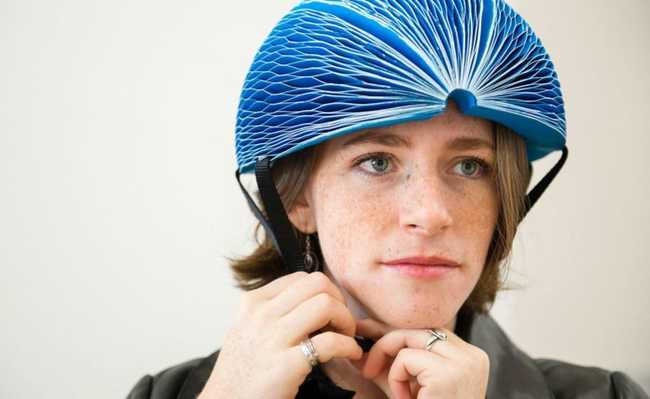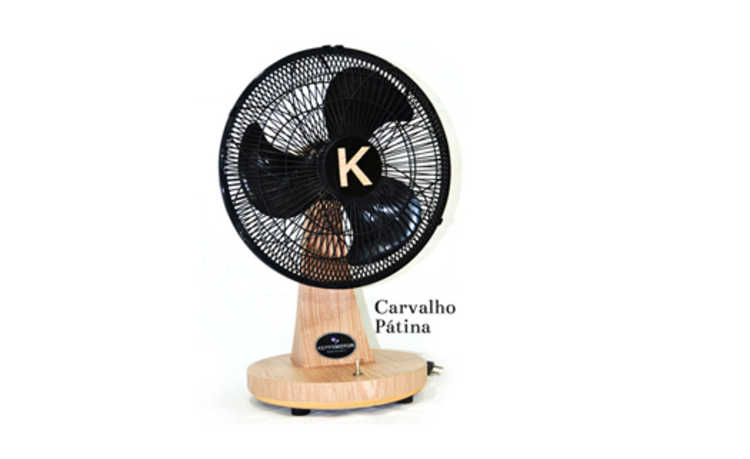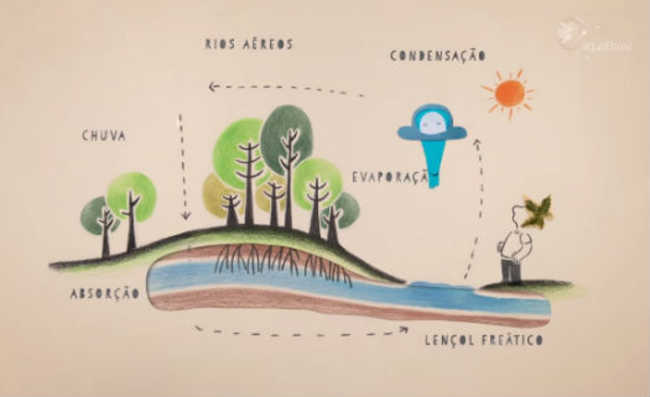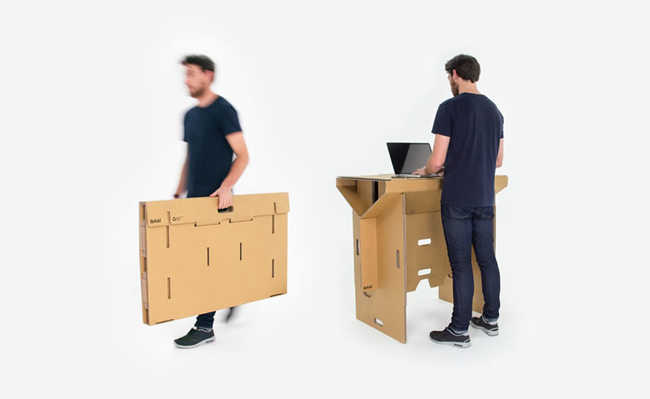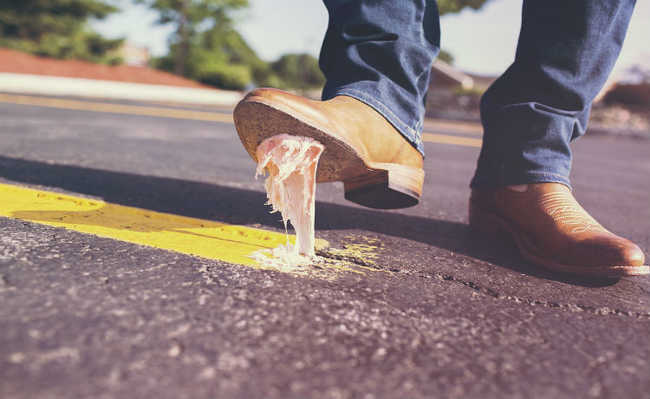How to store breast milk safely
Good breast milk storage has to do with temperature and other factors.

Edited and resized image by Dave Clubb is available on Unsplash
Knowing how to store breast milk can be a hand on the wheel in a parent's life. That's because, depending on the form of storage, breast milk can last between three months to a year. The most used technique is freezing.
With so much demand for first-year feedings, one option is to pump and store the milk to feed the baby when the mother is at work, enjoying a night out, or any other time. Understand how to keep milk fresh and safe for your baby when it doesn't come directly from the source:
Storage
Good breast milk storage has to do with the temperature and whether it has been pumped freshly or previously frozen. Fresh milk can be kept at room temperature for a while after pumping if you plan to use it or store it soon afterwards. After that, you need to place it in the fridge or freezer for long-term storage.
Check out an explanatory table on how to store breast milk:
| Type of storage (fresh milk) | Time up to which milk can be safely used |
|---|---|
| Ambient temperature (up to 25°C) | 4 hours after pumping |
| Refrigerator (up to 4°C) | 4 to 5 days |
| Freezer (-18°C) | 6 to 12 months |
And what about previously frozen thawed milk? Different rules apply:
| Type of storage (thawed milk) | Time up to which milk can be safely used |
|---|---|
| Ambient temperature (25°C) | 1 to 2 hours |
| Refrigerator (up to 4°C) | 24 hours |
| Freezer (-18°C) | Do not refreeze thawed milk |
No matter how you've stored your milk, you must dispose of leftovers from the bottle within two hours of finishing your baby's meal. But these instructions don't apply to premature babies. In this case, the time to use pumped milk - especially if the premature baby is hospitalized - is a little shorter. Talk to a doctor who specializes in lactation or your baby's health care provider for more details.
Handle breast milk safely
Always wash your hands with warm soapy water before handling pump items and breast milk. If you can't find soap, use a hand sanitizer with at least 60% alcohol.
Tips for pumping
- Check your pump before using it. Look for damaged or dirty parts, such as tubes, that could contaminate your milk;
- After pumping the milk and in a storage container, mark the quantity, date and time of collection and storage on the container itself;
- Always clean pump parts thoroughly and allow to air dry before storing to prevent mold and bacteria build-up;
- In most electric pumps, the tube itself should never be wetted. It is very difficult to dry it again, which can lead to mold growth.
Freezing Tips
- If you don't use freshly expressed milk right away, freeze it right away to maintain the best quality;
- Try freezing breast milk in small portions, in quantities of 50 ml, for example. That way you won't waste milk;
- Leave an inch of space on top of the container when storing the milk, because when freezing, it expands its size;
- Store milk in the back of the freezer, not near the door. This will help protect you from any changes in temperature.
Tips for defrosting and heating
- Always use the oldest breast milk first;
- Thaw it overnight by taking it out of the freezer and putting it in the fridge. You don't need to warm it up unless it's the baby's preference;
- If you are heating milk, keep the container closed during the process. Hold it under a stream of warm (not hot) tap water. Alternatively, you can place it in a bowl of warm water;
- Do not use the microwave to heat milk. Doing so can damage the milk and create "hot spots" that can burn the baby;
- Always test the temperature of the milk on your wrist before breastfeeding. If it's hot, wait until it's warm;
- Shake the milk gently.
Storage Options
There are many options for storing breast milk in the fridge and freezer. What you choose depends on your preferences and your budget.
Glass bottles and jars
If you have a lot of space, storing in glass bottles can be a good choice, as they are reusable and do not contaminate the milk with any dangerous substances.
You can even pump it straight into the bottle, store it in the fridge or freezer, and heat the milk in the bottle itself. The glass bottle can also be placed in the dishwasher.
Storage Trays
You can also use a tray similar to an ice cube tray to store small amounts of breast milk. Pour the milk into the well sanitized tray with a lid and freeze. Remove cubes as needed. Look for trays made of silicone or another material made especially for storing bisphenol-free food.
- Silicone: what is it, what is it for and what are its environmental impacts
You milkies, for example, are plastic containers that do not contain BPA, come in small portion format and you can reuse the tray several times;
what not to use
You shouldn't just store breast milk in any old container, ice cube tray or plastic. Whatever you use should be made of quality bisphenol-free materials. Understand why in the article: "Know the types of bisphenol and their risks" and "BPA-free bottle: is the baby really safe?".
Check that the glass or plastic covers are snug. And don't store breast milk in reusable disposable containers, they're not meant for long-term storage.
If your baby is sick, it is best to use fresh milk. Pumped and stored breast milk has health benefits for the baby, but certain cells can begin to break down over time. Furthermore, breastfeeding directly from the breast, with the mother's epithelial contact, is a form of affection that is also good for the baby.
Also, fresh breast milk may contain antibodies that help prevent illnesses the baby may have recently been exposed to. Studies have shown that freezing milk does not damage important macronutrients and other beneficial components such as antibodies for at least nine months or more, but the baby may have been exposed to viruses after freezing.
How to thaw breast milk in the refrigerator
You can thaw breast milk by placing it in the refrigerator overnight or for approximately 12 hours. From there, you can refrigerate it for up to 24 hours. After this period, harmful bacteria may proliferate.
Any milk used to feed the baby should be discarded after a feed or within an hour or two.
To heat the milk that has been thawed in the refrigerator, place it in hot running water or in a bain marie until it reaches body temperature. Test it before offering it to the baby to make sure it doesn't burn its mouth.
Can I thaw breast milk at room temperature?
Thawing breast milk at room temperature is not recommended.
- Use thawed breast milk within two hours of leaving it at room temperature;
- Discard thawed milk within an hour or two after the baby starts to feed to avoid bacterial contamination;
- Do not refreeze breast milk that has already been thawed.
Can I thaw breast milk in the microwave?
Thawing breast milk using a microwave is not recommended. Doing so can destroy the beneficial nutrients in milk.
Milk temperature can also be inconsistent during cooking. This can lead to the development of hot spots in the milk that can burn the baby's mouth. Instead, thaw in the fridge overnight or use warm water.
How long can you freeze breast milk?
The differences between how long you can keep breast milk frozen have to do with the temperature inside the freezer compartment.
- Breast milk stored in the freezer of an ordinary refrigerator can stay good for up to nine months. Ideally, you should use this milk within three to six months, according to the study;
- Milk stored in the freezer, which is only freezer, can last up to a year, according to a study.
Although milk is safe within these periods, studies show that its quality changes slightly over time, and may be lower in fat, protein and calories after 90 days - with increased acidity.
Other studies have shown that vitamin C may decrease after five months of freezing. That said, colostrum remains stable for at least six months when stored in a freezer. Other studies claim that frozen milk for nine months or more still contains important macronutrients and immunoactive proteins.
- What are proteins and their benefits
Why does milk look or smell weird?
You may notice that the color of breast milk varies from session to session. This has to do with the diet and the length of time in the baby's life. The composition of breast milk changes over time as the baby grows.
Thawed breast milk can also smell different than fresh because of a breakdown in fatty acids. This does not mean that it is not safe to drink or that the baby will reject you.

